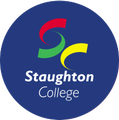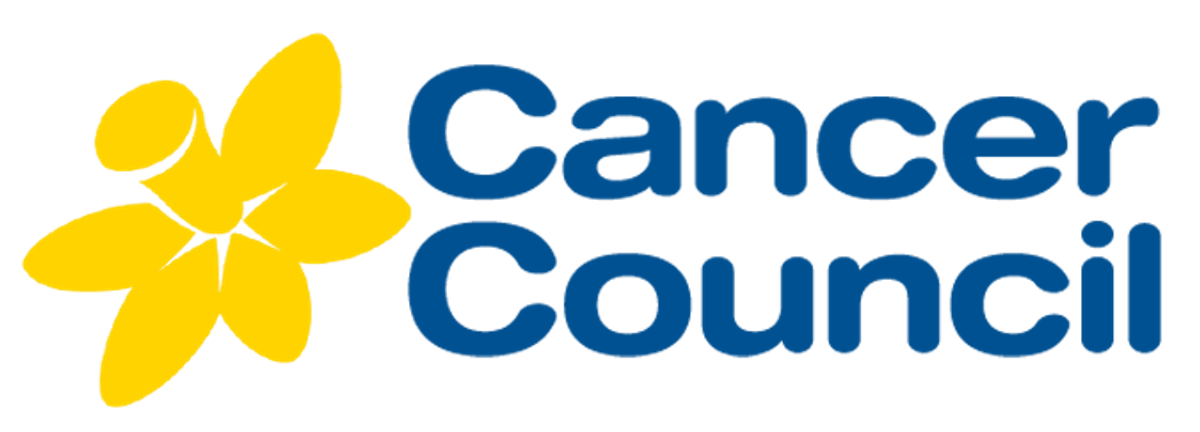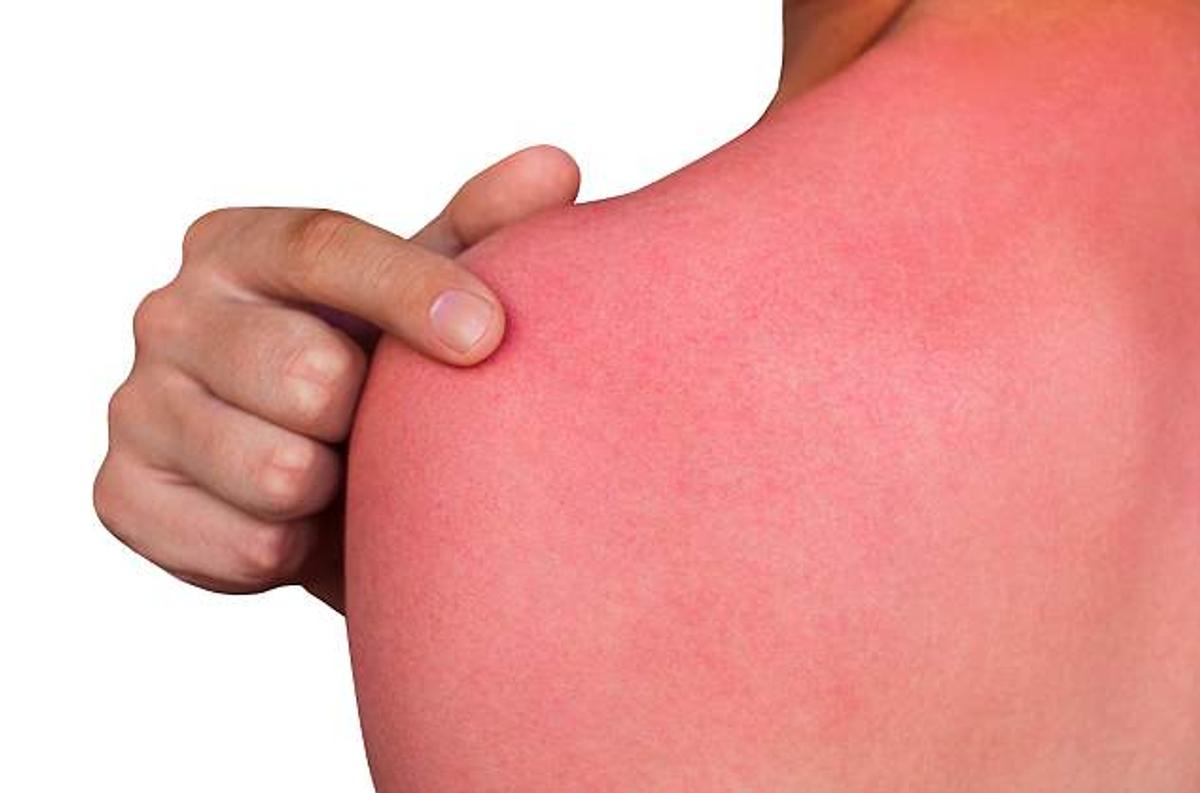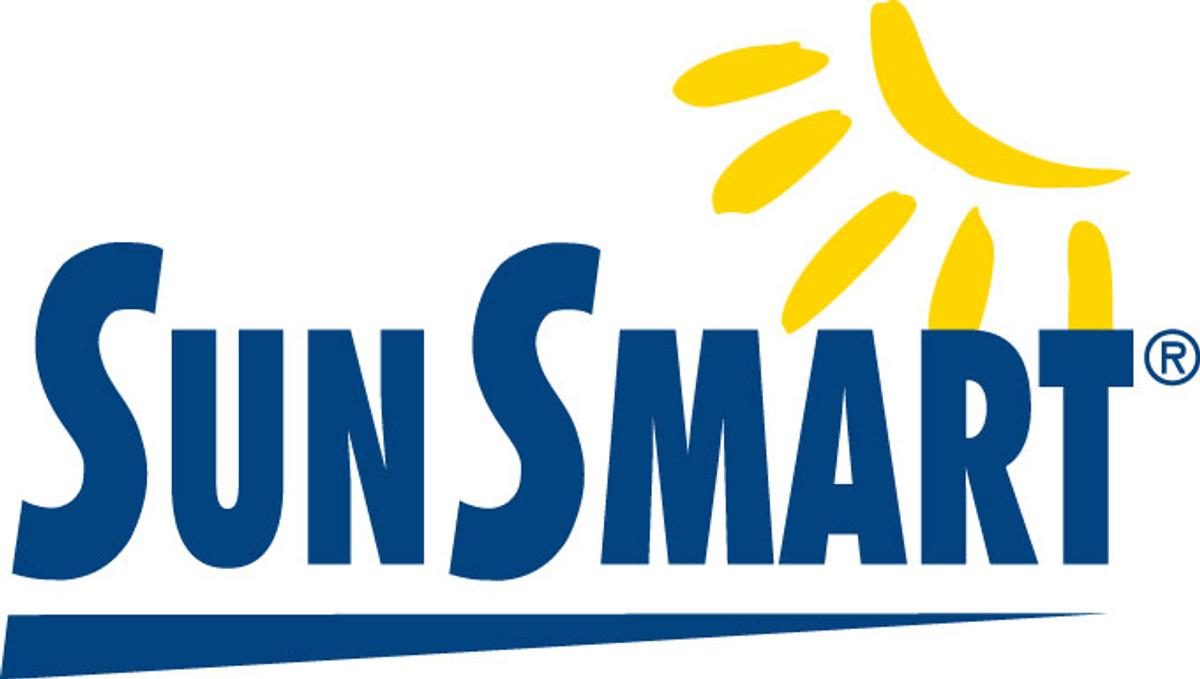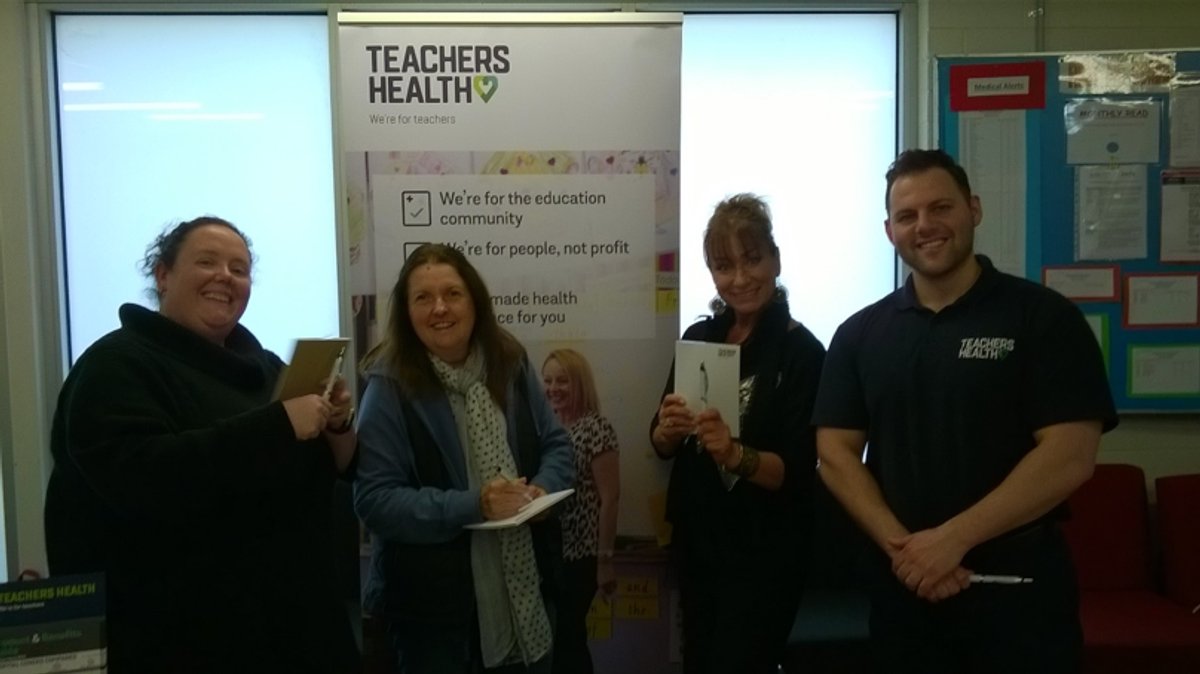Wellbeing
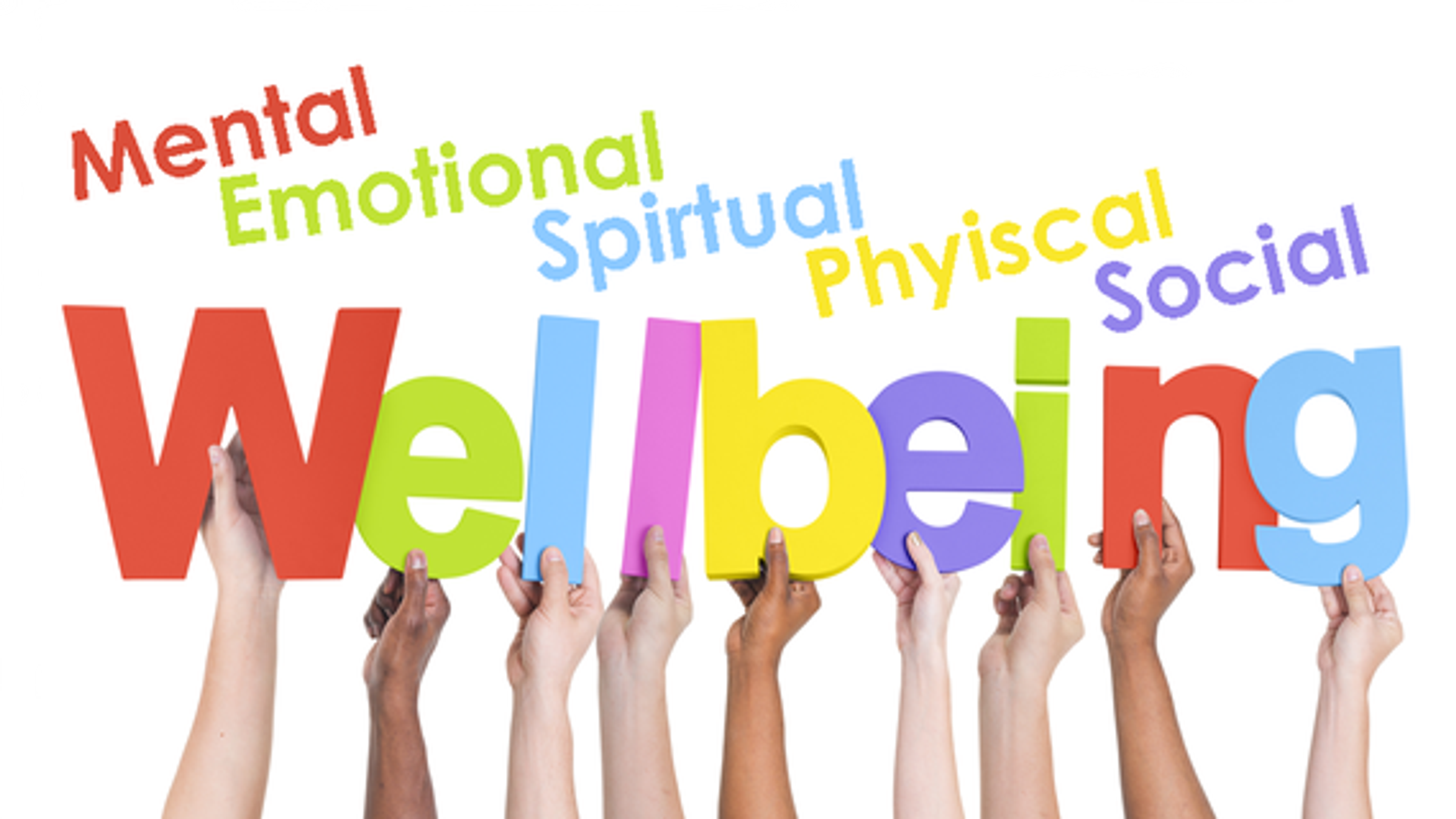
National Skin Cancer Action Week 2019
National Skin Cancer Action Week is coming up on the 17-23 November 2019 and is a great time for your school to raise awareness of the importance of sun protection amongst secondary school students.
In 2010–2014, melanoma was the most commonly diagnosed cancer in young Australians,
accounting for 15% of all cancers diagnosed.
Not only is melanoma is the most commonly diagnosed cancer amongst young Australians (aged 15-24), but UV damage accumulated during childhood and adolescence is strongly associated with an increased risk of skin cancer later in life. This is why it's crucial that students are continuing the positive sun protection behaviours they have learned in primary school as they grow older.
For cancer survivors who had been diagnosed as an adolescent or young adult, the risk of
developing a second cancer was 1.9 times as high as for the general population
(2.2 times for males; 1.8 times for females).
Australia has one of the highest rates of skin cancer in the world. Anyone can be at risk of developing skin cancer, though the risk increases as you get older.
The majority of skin cancers in Australia are caused by exposure to UV radiation in sunlight
SUNBURN:
Sunburn has been associated with melanoma, the most deadly form of skin cancer.
In Australia almost 14% of adults, 24% of teenagers and 8% of children are sunburnt on summer weekends. Many people get sunburnt when they are taking part in water sports and activities at the beach or a pool, as well gardening at home or having a barbeque.
People are also sunburnt on cooler or overcast days when they mistakenly believe UV radiation is not as strong. This is untrue - you can still be sunburnt when the temperature is cool.
Sun exposure that doesn't result in burning can still cause damage to skin cells and increase your risk of developing skin cancer. Evidence suggests that regular exposure to UV radiation year after year can also lead to skin cancer.
REMINDER:
Protect your skin
For best protection, we recommend a combination of sun protection measures:
- Slip on some sun-protective clothing that covers as much skin as possible.
- Slop on broad spectrum, water resistant SPF30 (or higher) sunscreen. Put it on 20 minutes before you go outdoors and every two hours afterwards. Sunscreen should never be used to extend the time you spend in the sun.
- Slap on a hat - broad brim or legionnaire style to protect your face, head, neck and ears.
- Seek shade.
- Slide on some sunglasses - make sure they meet Australian Standards.
Staff Wellbeing
The school would like to thank Julian Merola (Business Development Officer from Teachers Health) and Naturopath Sonja Javroska for coming along last Thursday and providing staff with some rest and relaxation as part of Mental Health Week.
A healthy luncheon of fresh fruit and rolls was provided for staff, as well as professional neck and shoulder massages. Julian was also able to provide advice on the support Teachers Health can offer.
Wellbeing Lunchtime Activities
Dream Big
Lunch time activities – Thursdays and Fridays, every week this term.
Free lunch time program available to all students.
Polynesian Dancing
A7
Thursdays lunch time
Circus Skills and Visual Arts
C2 & C3
Fridays lunch time
Chess Club
Tuesdays and Thursdays, every week this term.
